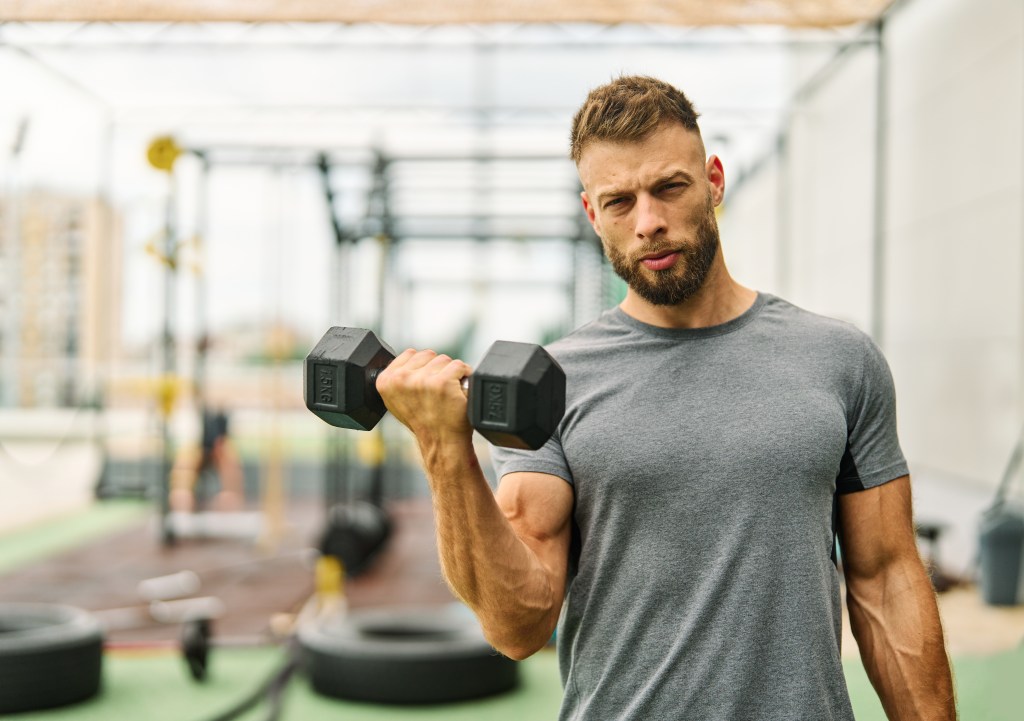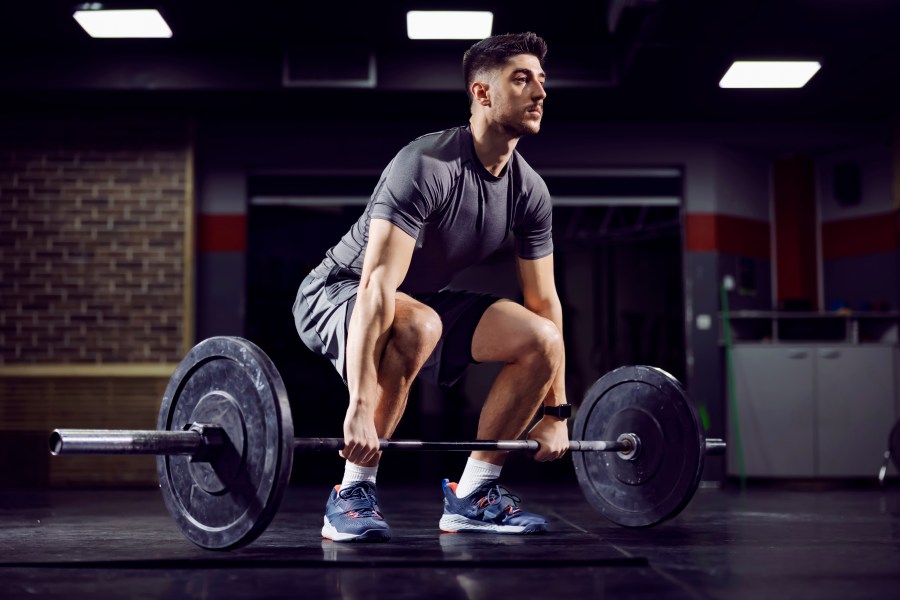Is your training lacking the consistency to improve? Focus on quality not quantity at the gym to get better results and avoid injury
A lot of people assume the more work they put in at the gym, and the longer and harder they push themselves, the better their results will be. But they should focus on quality not quantity.
Your body is capable of making only tiny, marginal adaptations and improvements at any one time. Once you’ve given it enough stimulus to make these changes, any additional work you do after that point won’t be making you any better.
If anything, it’ll hamper your progress because you’ll need longer to recover afterwards and won’t feel as fresh when you start your next session. So, quality not quantity.
How much work you need to do is relative to your current fitness levels. For example, a relatively new gym-goer who wants to get stronger might read about a squat workout of 10 sets of 5 reps and try it in his next session.
In theory it’s a sensible protocol for building strength, but if he’s only ever attempted 3 sets of 5 in his previous workouts, he’d be wasting time.
The fourth set would push him past his previous limit and force adaptation, but subsequent sets would just add more stress to his system and increase the likelihood of injury.
As a general rule, regardless of your training experience, aim to only increase the volume of any particular exercise by one set or one to two reps from workout to workout.

Warm to the task
Another benefit of streamlining your main workout is it will free up more time for a thorough warm-up, which can help make your sessions even more productive.
A quality warm-up should follow a RAMP protocol: raising your pulse, activating relevant muscle groups, mobilising your joints and movement patterns, and focusing on potentiation, which means using power-based exercises to prime the body.
Warming up correctly will guarantee the right muscles are firing at the correct times during your workout.
For example, a RAMP-style lower-body warm-up like the one in the box, right, will ensure your glutes, quads, hamstrings and calves are all firing when you squat.
A proper warm-up will let you make marginal adaptations in as many muscles as possible and improve your metabolic response, allowing you to maximise your strength and fat loss gains.






